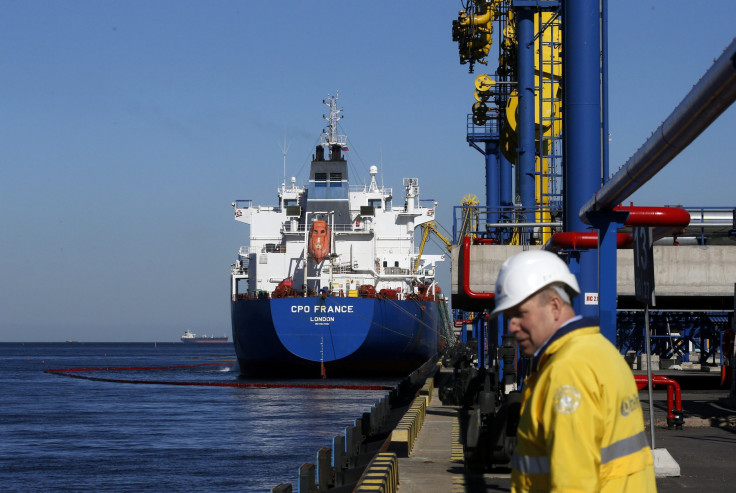Russia And China Kick Off Construction Of Massive Gas Pipeline

Russia and China marked the beginning of the construction of the almost-2,500-mile Power of Siberia natural-gas pipeline between the two countries with a ceremony outside the Siberian city of Yakutsk Monday. The pipeline is expected to deliver 38 billion cubic meters of gas annually over 30 years to northeastern China from Siberia, with the first shipment scheduled for 2019, Reuters reported
The $400 billion gas deal between Russia's Gazprom OAO (MCX:GAZP) and the state-owned China National Petroleum Corp. will be a boon for Russia, which faces the likelihood of decreasing gas sales to European countries that have imposed economic sanctions on it because of its aggression in Ukraine, Reuters said. The deal also will help China keep pace with the rising energy demands of its swiftly modernizing population.
Construction on the Chinese side of the pipeline will start next year, said Chinese Vice Premier Zhang Gaoli, who joined Russian President Vladimir Putin at the ceremony Monday, BBC News reported. China is Russia’s biggest trading partner, with bilateral trade flows of $90 billion last year, the news agency said.
“The new gas branch will significantly strengthen the economic cooperation with countries in the Asia-Pacific region and above all -- our key partner, China,” Putin said Monday, accoding to the Russian media outlet RT.
The pipeline is expected to cost more than $20 billion, including “other investment in the region of $7.5 billion,” RT reported.
© Copyright IBTimes 2025. All rights reserved.





















